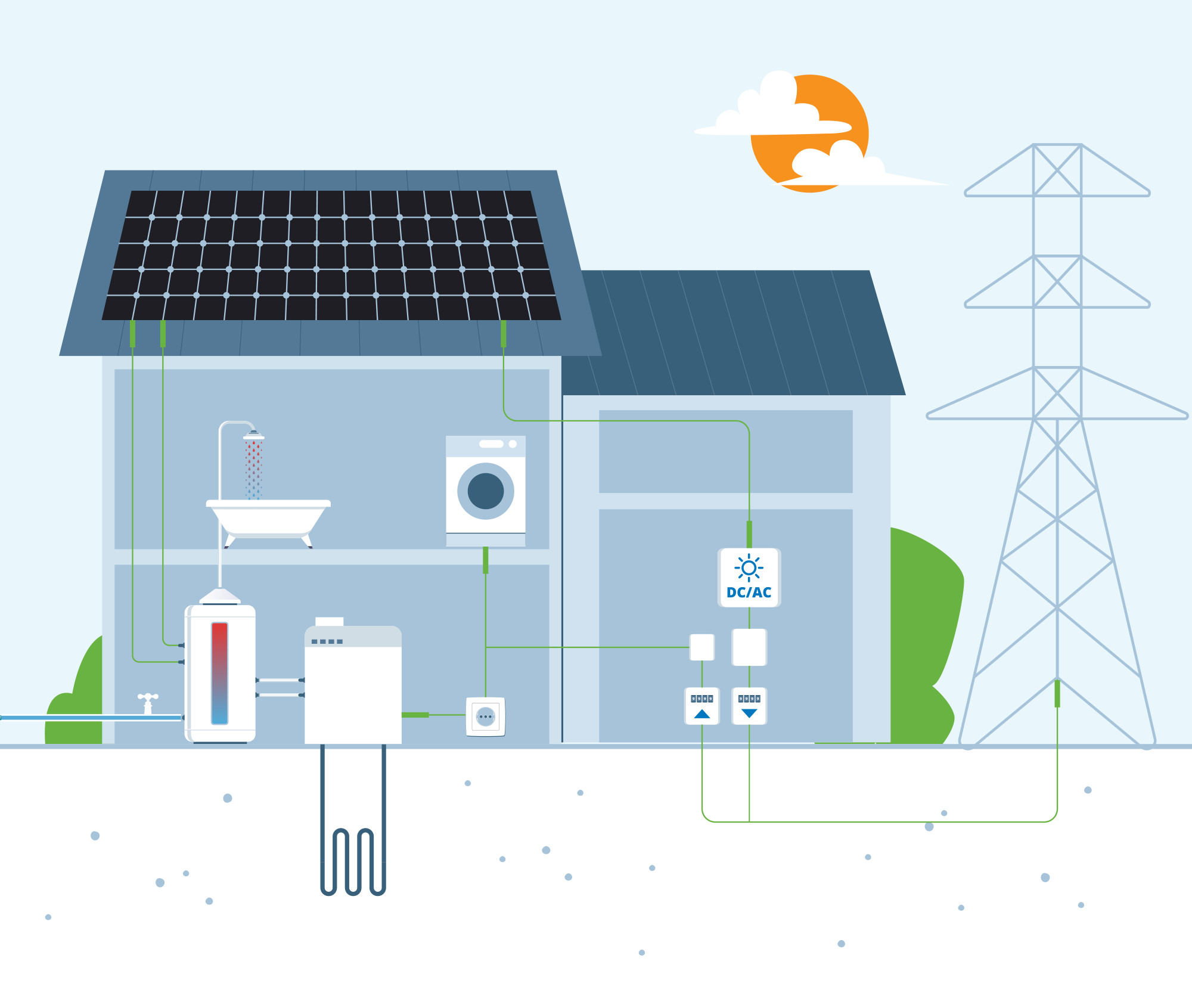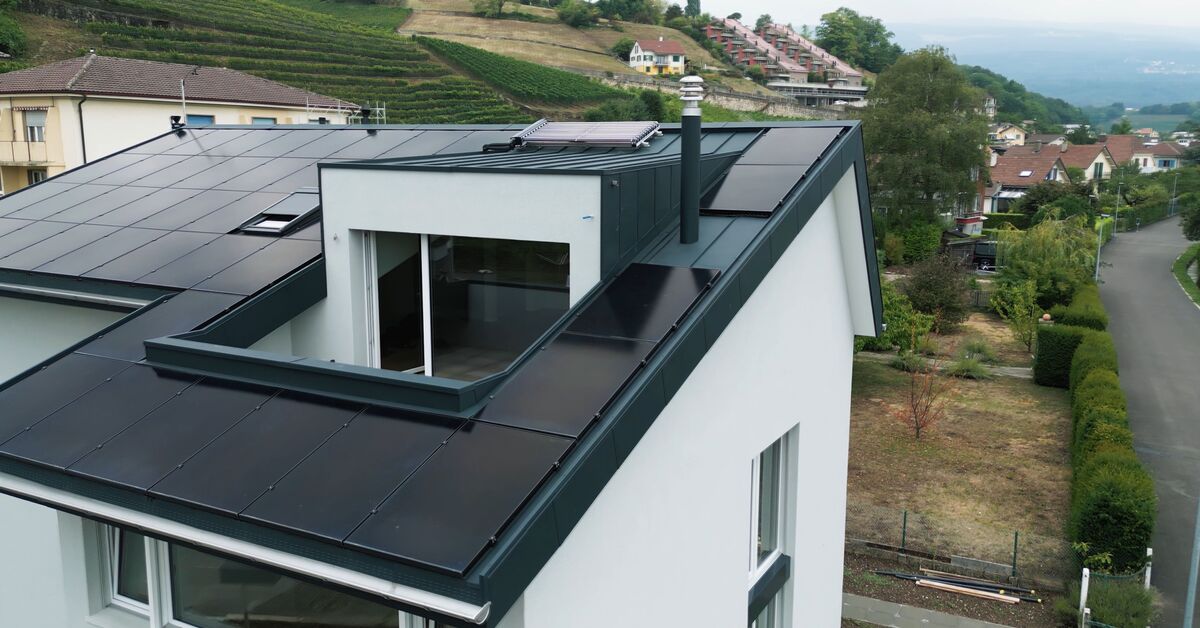
Swiss eco-explorer and adventurer Raphaël Domjan in his quest to promote solar energy and take action on a personal level to curb climate change, has created a solar friendly house. It doesn’t emit CO2 and produces almost three times more energy than it consumes. Let’s take a tour.
A Little Bit about Raphaël Domjan
Born on 19 January 1972 in Neuchâtel, Switzerland Raphaël Domjan has been passionate about exploration and adventure since childhood. Now an eco-explorer and speaker, with his SolarPlanet Foundation, Raphaël is promoting solar energy in the fight against climate change. He completed the first round-the-world trip using solar energy between September 2010 and May 2012. In 2015, he carried out the first polar solar navigation in the Arctic Ocean. He is the founder and pilot of SolarStratos, the first solar plane in the stratosphere. In August 2020, he made the first jump off an electric plane and the first solar free fall. A solar pioneer and innovator in the true sense of the word!
Raroia, the Solar House Project
With his passion for solar energy, Raphaël renovated a house in Cortaillod, Switzerland over a period of four years (2018-2022) and transformed into an eco-friendly home. He named it Raroia after an atoll in the South Pacific, where Thor Heyerdal's famed Kon-Tiki Expedition landed in 1947.
The story of this expedition made a strong impression on Raphaël, so much that a small sand sample from the atoll was deposited in the foundations of his house. The house is made from wood, as Domjan wanted to limit the use of concrete which produces CO2. Wood, in comparison is a material which stores it: Raroia stores about 35 tons of CO2 in the wood of his house.
Fact: Did you know that building materials and construction are responsible for 10% of the annual CO2 emissions worldwide? Concrete alone represents a third of these 10%.* Architecture 2030, https://architecture2030.org/why-the-building-sector/ (last accessed November 2022)
Reduce CO2 emissions at home
Thanks to solar power we can now reduce the effects of CO2 and it starts in the home. Raphaël’s solar house has been insulated with the best quality materials, to limit heat needs in winter. Solar panels are installed. These enable the production of as much energy as possible. In addition, thermal solar panels are used to produce domestic hot water and reduce electricity consumption.
Cooling and Heating the House the Solar Way
In summer, it will be possible to cool the house using water from geothermal probes of the heat pump. This also allows the ground to be heated to increase the efficiency of the heat pump in winter. In the case of energy shortage during winter the facilities should still allow residents to live comfortably for a few days. Household appliances like the washing machine and dishwasher will be connected to the domestic hot water network. They will operate either with solar thermal or photovoltaic energy.
The house energy flow is optimised using renewable solar and geothermal sources.
Criteria for Creating a Solar Friendly House
The following criteria was followed by Domjan and his team in creating a solar friendly house that fits his lifestyle and can be applied to constructions of similar types:
- Find an existing building to renovate, in an area with access to shops, public transport and near a school if you have kids.
- Limit greenhouse gas emissions during renovations and expansions thanks to the choice of materials and energy source.
- Right from the design, set yourselves as objective to attain a Positive Energy Building, a building that produces more energy than it consumes during its use.
Raphaël’s house is a great example of the potential for improving energy efficiency and production in homes.

